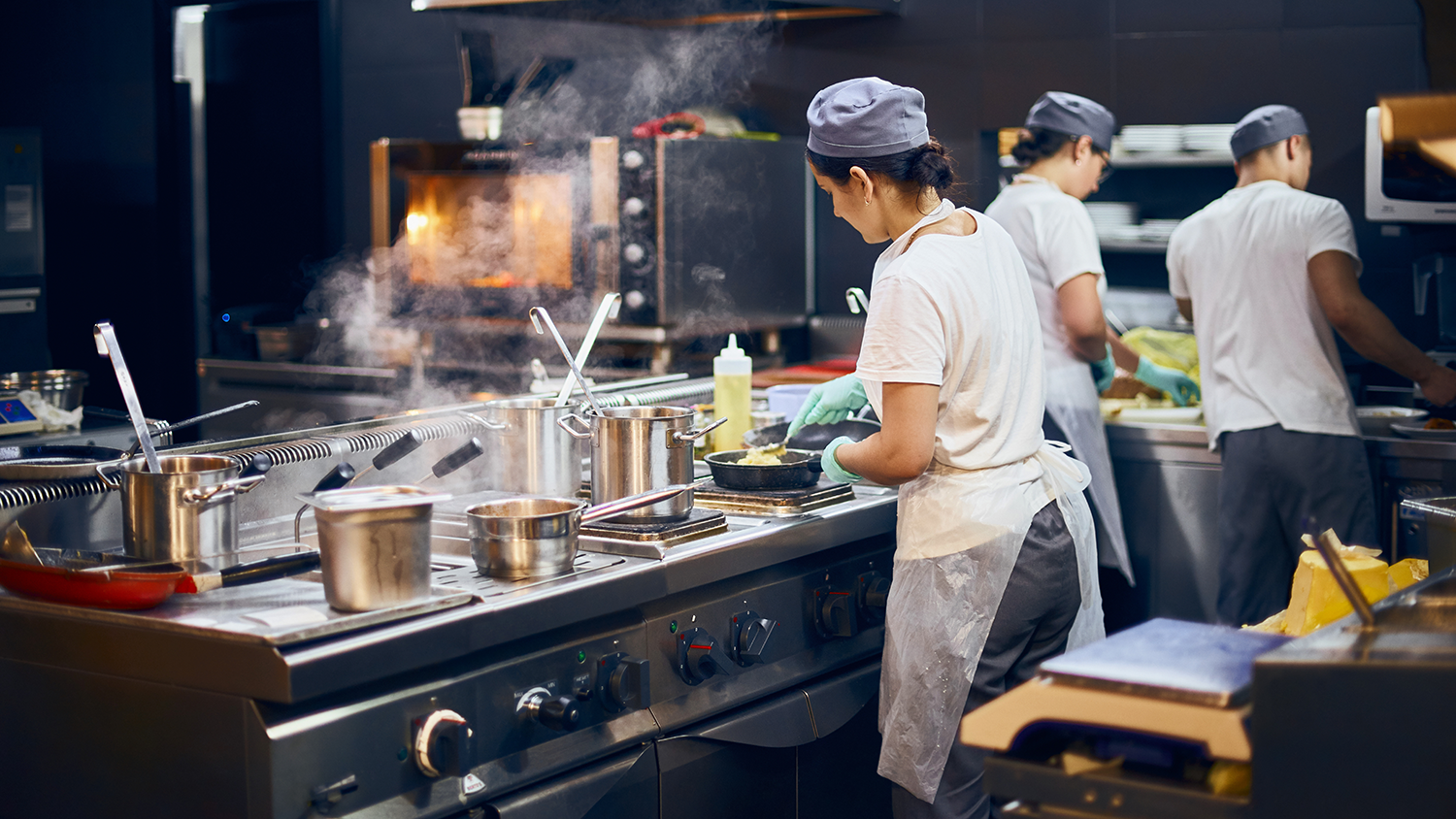By Indiana Lee, Contributor
The old idiom “a team is only as strong as its weakest link” is shown to its fullest extent in the food service industry. If every member of the team isn’t firing on all cylinders and seamlessly working together, orders are delayed, customer satisfaction drops, and the restaurant’s reputation can take a hit.
While the adage applies to a wide range of restaurant operations, one of the most vital is food safety. Annually, there are about 48 million cases of foodborne illness a year, and more than a hundred thousand customers get hospitalized as a result. If your guests walk away from your establishment with food poisoning, the consequences for you could range from media attention and revenue loss to serious legal issues.
Because foodborne illness is so prevalent, and the consequences so severe, every member of your staff should be trained on the basics of food safety. In this article, we’ll cover training for different roles in the restaurant industry, giving you all the tools you need to keep your food illness-free and your reputation spotless.
Food Preparation and Handling
Let’s start with the back-of-house since this is the area where food is prepared and most likely to be handled. You might be surprised at how many bad food safety practices are common in the industry, including:
Prepping food well in advance, so that it sits in storage for hours before it is served;
Not storing food at the proper temperatures;
Cross-contaminating, or prepping and storing different kinds of food in the same area;
Poor hygiene practices, such as neglecting gloves and/or hand-washing.
If you’ve seen any of these in your kitchen, it’s time to course correct. Best practices for the back-of-house include:
Using clean and safe water: Cooking or hand-washing with unclean water can pass illnesses on to your customers, ranging from skin irritation and headaches to more serious conditions. Always make sure you’re working with clean water, and if you’re unsure, boil it for 3 - 5 minutes before use.
Washing produce: Make sure to thoroughly cleanse produce before bringing it to the cutting board, stripping off any grime, dirt, or debris that may be lingering on the raw material.
Keep prep areas separate: Different foods should be prepped in different areas to avoid cross-contamination. If you’re working in a smaller kitchen, make sure you thoroughly clean previously used surfaces before prepping something new. If you use chemicals to clean workspaces, utensils, or cookware, make sure they are thoroughly rinsed with warm soap and water – you don’t want to poison your guests, either.
Store chemicals safely: Be certain any cleaning chemicals are kept in a separate area where they won’t be near hot ovens. Follow best practices such as proper labeling of containers and signage in the storage area.
Temperature, temperature, temperature: When you think your food is done, make sure to check the temp against food safety guidelines. Store food in a properly refrigerated area, with appropriate labels and covers.
Back-of-house hygiene practices are key, as this can be one of the main places where foodborne illness spreads through your restaurant. Staying vigilant, employing proper cleaning procedures, and making sure finished products are properly cooked will keep your kitchen clean, and your customers healthy.
Front-of-House Responsibilities
The front-of-house can be a point of vulnerability as well, and it’s the primary place in your establishment where customers will be able to see. Visible cleanliness is vitally important to customers, as a dirty restaurant is read as a warning sign. They’ll outright leave if their first impression is that you don’t care about hygiene.
If you think this is a pain point for you, audit your front-of-house cleaning checklist. Your restaurant’s checklist should include these items, to be done regularly throughout your employees’ shifts:
Sanitizing tables;
Taking out the trash;
Spritz and wipe down counters, seats, and benches
Mop the seating area;
Sweep behind the line;
Wash any cloth materials, like napkins or tablecloths;
Keep condiment stations stocked;
Cordon off and remove any hazardous waste;
Sweeping parking lots, sidewalks, and entryways.
While reminding everybody that a surprise health inspector visit may occur will work in short stretches to ensure cleanliness, what you really want is to ingrain healthy habits into your employees – to make cleanliness second nature.
Ongoing training is a vital tool at your disposal, keeping your employees aware of the newest food safety guidelines and reinforcing good cleaning practices, as well as learning how to perform regular maintenance and safety checks. With employees knowing and continually being reminded of the do’s and don’ts, you’ll see errors start to decrease and employees taking pride in their cleaning.
Leadership
Keeping foodborne illness out of your restaurant is a team effort; one that requires everyone to do their part. As the restaurant’s owner and leader, be an example for your team. Pitch in on cleaning both parts of your restaurant and offer coaching if you see a team member make a mistake.
With knowledge, vigilance, and proper execution, your customers will be happy and healthy – and who knows? You might just get yourself some regulars.











